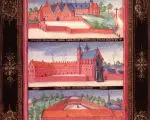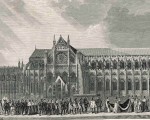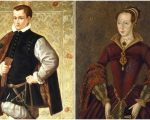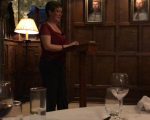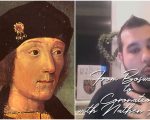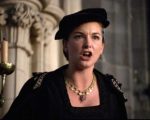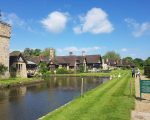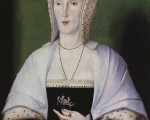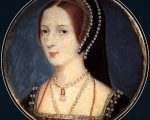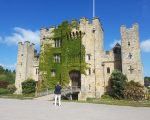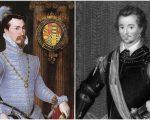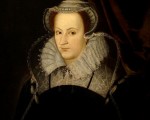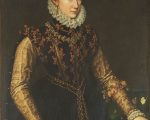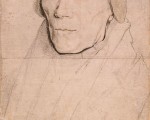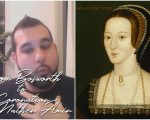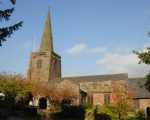
Sometimes my research leads me off on a tangent and that really is the joy of historical research, suddenly finding a little nugget of information that piques your interest and leads you off on a journey of discovery.
While I was looking at this week’s “on this day in history” events from my book On This Day in Tudor History, I noticed that an entry for the 31st May was the death of Katherine Brettergh (née Bruen) in 1601:
“Death of Katherine Brettergh (née Bruen), ‘exemplar of godly life’. Her biographer, Steve Hindle, writes of her deathbed crisis of faith “during which she raged against God’s unmercifulness and threw her Bible repeatedly to the floor”, and how “Her agonies formed the centrepiece of a polemical account of her embattled life appended to the two sermons preached by William Harrison and William Leigh at her funeral”, and which were published. Her crisis, they said, was a struggle between God and Satan for her soul.”
[Read More...]


